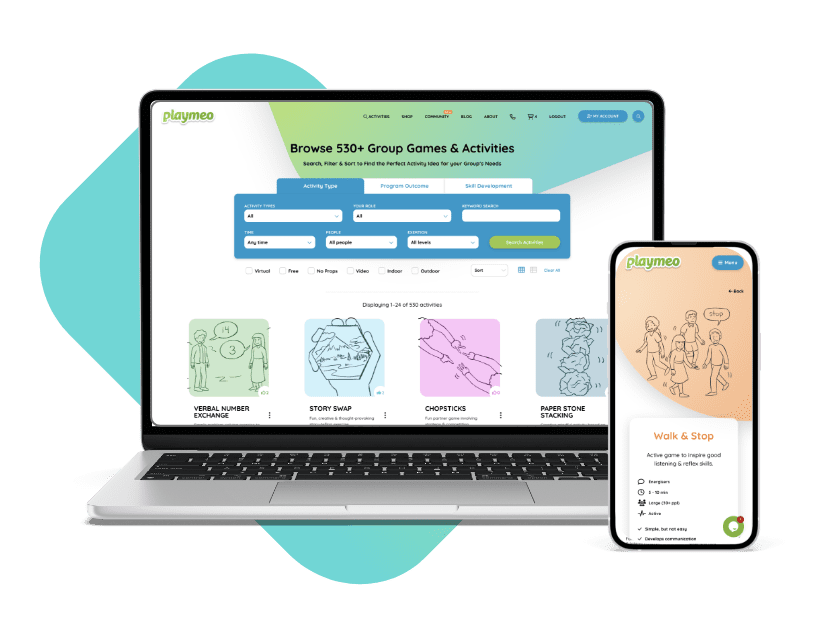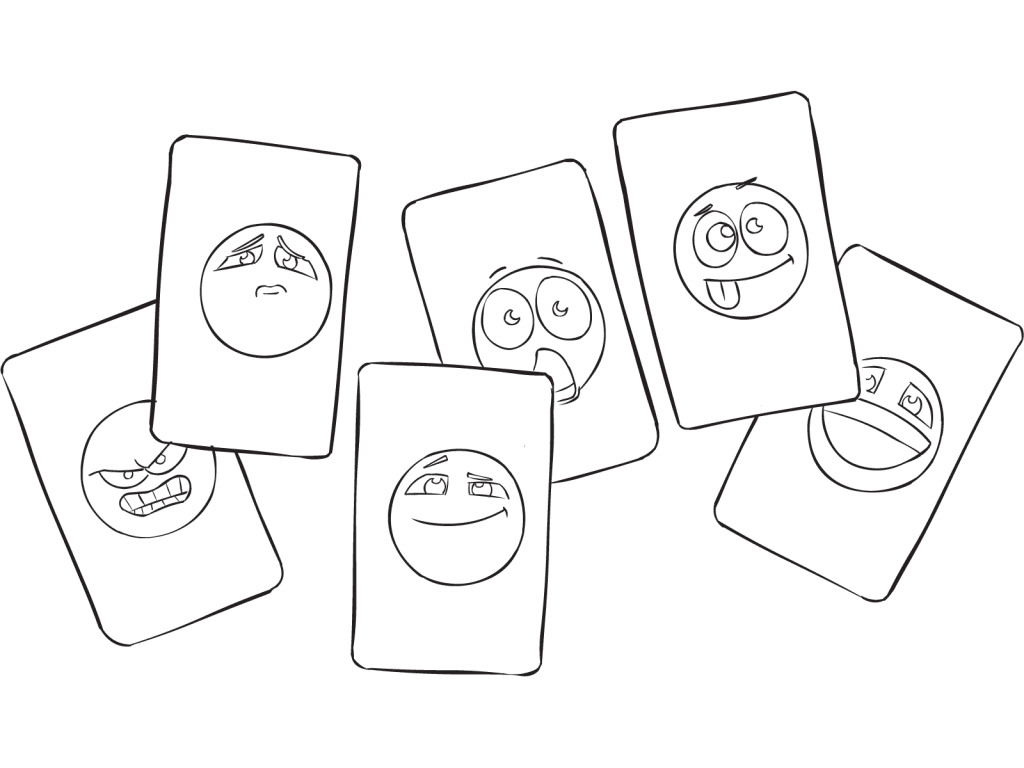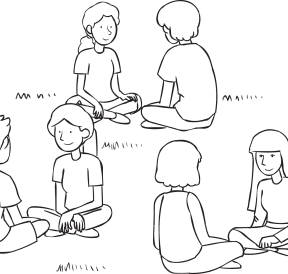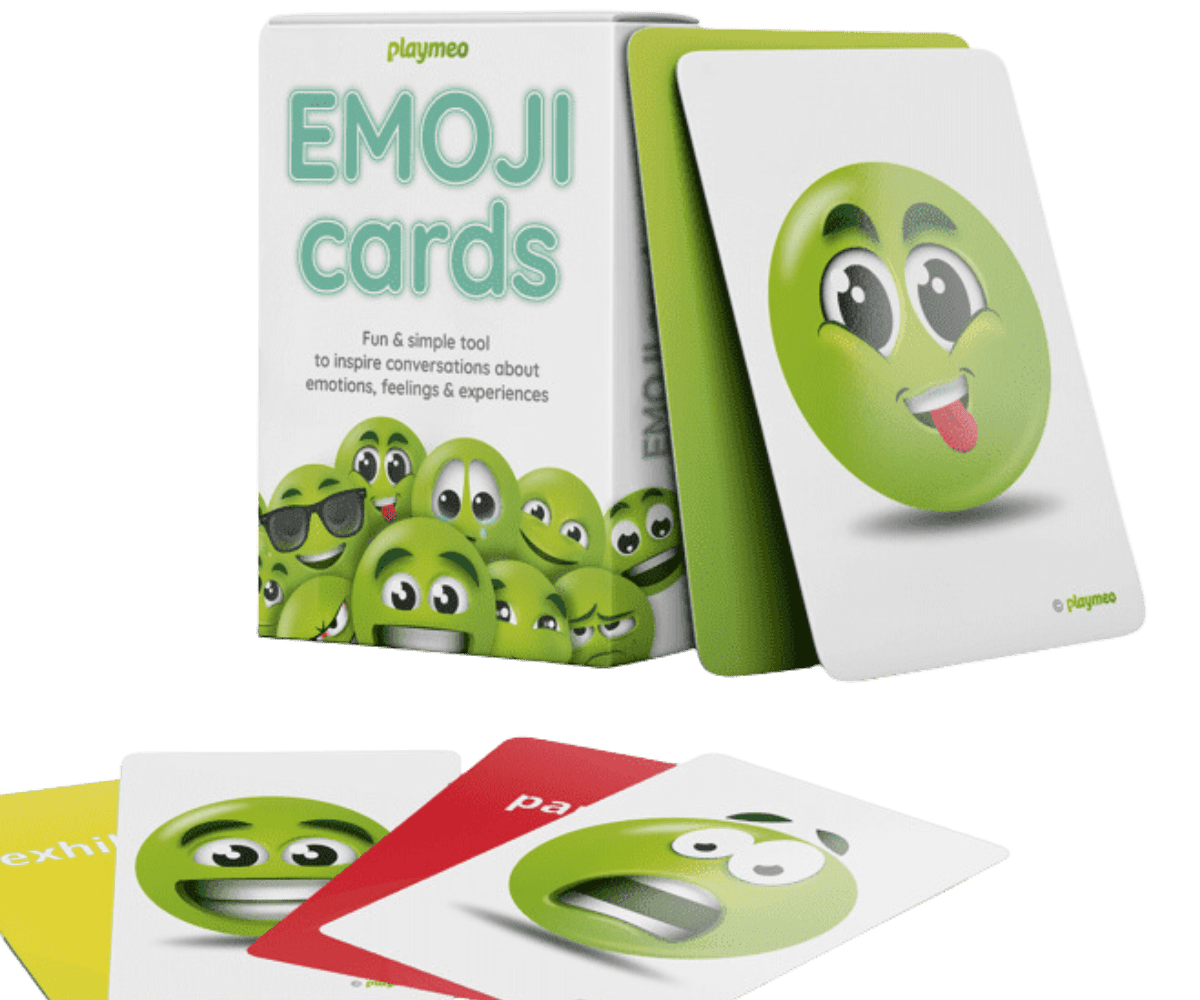Video Transcript for Emotional Literacy Cards – Emoji Cards
presented by Mark Collard
Just take a moment now to look at these emojis. We use them every day in our socials and emails and all that other stuff and this is a representative sample of many of the emotions and feelings that we as humans feel at any point in time. And so just cast your eye over some of them but with this lens, think about your experience so far together in this programme and I’d like you to think of one moment in particular where you had a particular experience that evoked a feeling, an emotion.
It might have been one of frustration or challenge, of joy, of shock, confusion, any of those. There’s 50 names I could give to all those emotions. So take a moment and identify one that you think, yeah, doesn’t have to be the best one or the most memorable.
Just pick any one of your emotions or feelings that you personally experienced during the course of our programme so far. For example, I might choose this one here. There was a moment where I was feeling pretty cool.
Okay, so once you’ve caught yourself and you’ve got that card and like if you’re all going to just scramble over the same card, have a plan B or plan C. But grab that card and then I invite you to go find one or two people just at your own pace to share why did you pick this card, maybe explain a bit about that experience. Then here’s the hard part, lean in and listen to your partner. Like most communication, it’s not about waiting your turn.
It’s about actually listening to the partner that you’re going to be sharing with. So once you’ve heard their thing, thank you for sharing. Maybe go find a second or maybe even a third person.
I’ve got more I want to share, but as we wait for people to arrive, got the basic idea? Yeah. Start when ready. And return your emojis to the table.
Like most resources, I think some of the most valuable resources in your kit should be those that are very versatile. So that is that just don’t have one use. And so in a quick medley, I just want to introduce a couple of different ways this could be used.
And then one of them is going to actually involve the whole group. But for example, I might just take a random selection of 10 or 15 or 20 cards, let’s say these ones and ask a group of people to form a straight line according to the most negative to the most positive emotion. Bless you.
So positive to negative emotion or the most pleasant to the most unpleasant, or the one that exhibits the most amount of energy or takes the most amount of energy to remote to the least amount of energy. There’s all sorts of different paradigms that you could use for that perspective. Now, without having to do it, do you think that there’s a correct answer to the lineup the way they go? No.
And so it opens up conversation. So Abigail’s group may have done it a particular way, and then I might go have a look at it and want to change it. It doesn’t mean they got it right or wrong, but it’s now a starting point.
And you might go, Oh, but it’s the nuance. It’s the little delicate moments that you see inside an emoji that makes you go, Oh, it’s either one way or the other. You could do with all 50.
That’s just overwhelming. So I often do it with just smaller groups. Um, you’ve already understood the benefit of using it for purposes of reflection.
You know, when I asked you that question, think back to our earlier part of our programme, find a moment you could choose any moment. And then you had a chance to share it with somebody else. Help me out now.
Flip all the cards over. Notice that there’s a variety of colours and inside the pack, there comes one card and you don’t need to focus on this, but just have a quick look at what happens when you put all those 50 cards together. They end up on a beautiful matrix.
Now, while I created this prop, I did not create this matrix. Have you ever heard a young person or an adult say I’m in the red zone. Okay.
That comes from the world of positive psychology. And so red, blue, green, and yellow. We, we experienced all of these all the time.
So here’s your group initiative. You’ve seen the basics and every one of those cards fits in here somewhere. Let’s just take a minute or two to see how long it might take you to recreate this matrix.
And then I’m going to use it in a really powerful way. But your first task is to recreate the matrix. Red is in the top right, top left-hand corner, then blue underneath it, green in the bottom right, and yellow in the top right.
Go. There is only one solution and it’ll be really clear when you get it right or wrong. I’ve got this backwards.
10 is on the horizontal. Nice. Starting to pull it together now.
Very good. Okay. So well done.
You now have the complete matrix. You’ve got your 10 by 5 cards. And it’s really interesting when they’re all spread out and you might just find these two cards kind of just kicking around.
They almost look the same. What’s really interesting, and this comes back to context, is when you swap it around, how bad that now looks. Like, bam, even though out there on their own, they look like they actually look the same.
Now when context, it suddenly looks really, really different. So there’s just one way that the actual activity can be really, really powerful. But now I want to lean in for its actual purpose.
If you are working with young people, but to be fair, working with adults who are still building their emotional literacy, and I don’t know about you, but that’s a big part of the curriculum for me back home, is building emotional literacy. This is a great way because you know that someone, young person, adult, is having a big feeling. I think of an 11-year-old son.
He’s having a big feeling. And if you’re to say, so how are you feeling right now? He hasn’t got the words. They haven’t built that vocab yet.
This can be a great way around that. Come a little bit closer and notice a few things now. One, there are two axes.
The bottom axis is level of pleasantness from unpleasant to very pleasant. Look at the way the grey and across the whole thing from pleasant to unpleasant. That’s right.
Yeah. Unpleasant to pleasant. And then here is the level of energy, low energy to high energy.
So you may just ask two questions. Hey, Peter, I know you’re having a big emotion or a big feeling right now. On the scale of one to 10, is it unpleasant or very pleasant? 10 being the most pleasant.
Oh, it’s probably about a four. Okay. Got it.
And then level of energy in order to emote that, to actually express it. Do you feel like it’s just something that just happens or do you feel like there’s something really building up inside you? Oh no, it’s pretty high. It’s about a seven.
So you can just plot it. So it’s one, two, three, four, and then go up seven words. And it’s going to be somewhere around there.
You might even flip the card over and go, is that kind of like what you’re feeling right now? Or if it’s not bad, it’ll be somewhere around it. Every card have two words that come close to capturing what that emoji is trying to say. Now, is it the right answer? No, but it gives you a starting point on which you can then discuss.
So in the school of psychology, these 100 words have been somehow scientifically developed and collated to represent the full array of emotions that humans have. So it’s going to work. It’s going to map on here somewhere.
So we’ve seen it as a reflection tool, as a group initiative. And now if you work in the world of social emotional learning, emotional literacy, and you can use that, I’m sure you can think of other ways in which it can be used. So I’m using it a great deal for that purpose.
Sometimes it’s just for one of them. Like I just want the group initiative. I want the group to be able to work this out.
Or it’s something else that we’re doing related to emotions. Any thoughts? We’re going to keep moving forward, but any thoughts that people out of this comes up for you, that raises for you? It’s crazy to think that there’s 100 words there. Like 100 words just seems like a lot.
It does. So there’s 50 cards, and I think we can all agree there are two on every card. Yeah.
In the same way when we flip them over, there’s 50 emojis there too. And that doesn’t get them all. Like we know of many emojis that you would use day to day.
Anything else? I love the teaching point that in unpleasant, there are unpleasant emotions or states that require a lot of energy. You’re really working to be like this. Yes.
Yeah, exactly. A livid, fuming, enraged, a very different to alienated, despondent, despair. At the same end, serene, carefree, and balanced.
Very low energy compared to ecstatic, elated, excited. It’s true across the way, left or right, X or Y axis. You have to work yourself up to get up here.
Like a part of that’s how you’re responding. Yeah. That comes back to choice.
That’s a very powerful conversation to have with anyone. Maybe not at the moment. They’re in the red zone.
Then you want to move them into this melting pot. Maybe it’s the green zone. Maybe it’s the the blue zone.
But if you work with teachers, they will have this vocab. I hear it all the time with my son’s teacher talking about a kid who’s in the X zone, whatever that zone is. I like how it’s kind of fluid and it blends together.
Because I think if I’m like, oh, I’m so livid right now, I feel stuck there. But knowing that I’m really close to like, connect or I don’t know, like you can travel through it. Does that make me feel stuck knowing that the others are kind of close? Yeah.
And that’s where you are right now. So what would it mean for us to move back to the blue zone? What would we need to do? Yeah. Or to move away from unpleasant to pleasant.
What would we need to do as a group or to change or to take on or be responsible for all of those things? Now you’ve got something to work with rather than just these nebulous words that sort of fill the air.















Emoji Cards are awesome!
One of my favorite ways to use EmojiCards is create a chart with the names of all participants and stick it on the wall. When the day begins, ask participants to use double sided tape and and emoji to display their current emotion on the wall. As the day progresses, give the participants opportunities to update their emoji. They can replace the emoji or create a progression of emotions throughout the day. At the end of the day, use this as an opportunity to process the entire day.
Emotions are hard to translate into language! These cards are a fantastic way to remove the need to reduce experience to language. Simple and easily understandable cross-culturally as well!